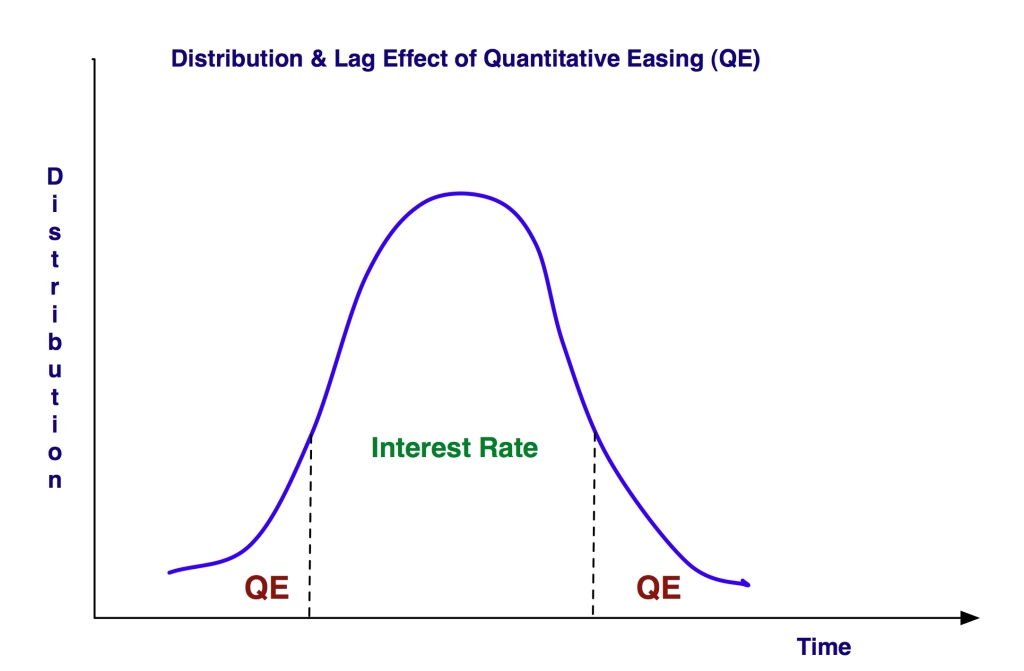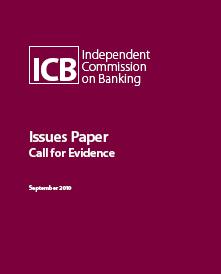Irrespective of how the twists and turns of the Greek political
system plays out over the next few days and weeks, we believe that the Big EU
(Eurozone more specifically) players and their leaders only have themselves to
blame for Greece's seemingly petulant behaviour.
If at the fundamental level we cannot understand that ANY form of
bail-out will always support and lead to Moral Hazard, then we
have learnt nothing from the past and the more recent debt and financial crisis
of the 2008.
Previously we mentioned the 'Credit Quake' with lots of after
tremors (attributed to Dennis Cox of Risk
Reward), will last for a number of years and this is exactly what we have
playing out as daily deadlines in front of our eyes at the moment.
However, to return to the point at hand: The age of economic
dilemma of Moral Hazard has reared its monstrous head again and is in danger of
‘nabbing us in the butt' (yet again), because the leaders of the EU (more
specifically the Eurozone 17) do not want to understand that all their actions
in supporting Greece is only leading to a more dangerous form of Moral Hazard and flies in the face of the
Austrian School's ideas of 'Creative Destruction'.
Without effective mechanisms in place to deal with European
regions at different cycles of development (not even to mention the basic lack
of sound fiscal management), is to ask for problems (on a continuous
basis).
Until a sound framework of either full fiscal and monetary union
with appropriate checks and balances are rolled out in Europe, with a single
capital market instrument (Gilt / Bond or EuroBond) and mechanisms for dealing
with localised 'failures' of the market to clear itself effectively (never mind
efficiently); we will continue to wretch and lurch about with market confidence
eroded and leaders running around like headless chickens trying and implementing
inappropriate tools for the job a sound framework is supposed to deal with.
It is not more
regulation we want. It is simply BETTER regulation. It is that
simple.
theMarketSoul ©2011













